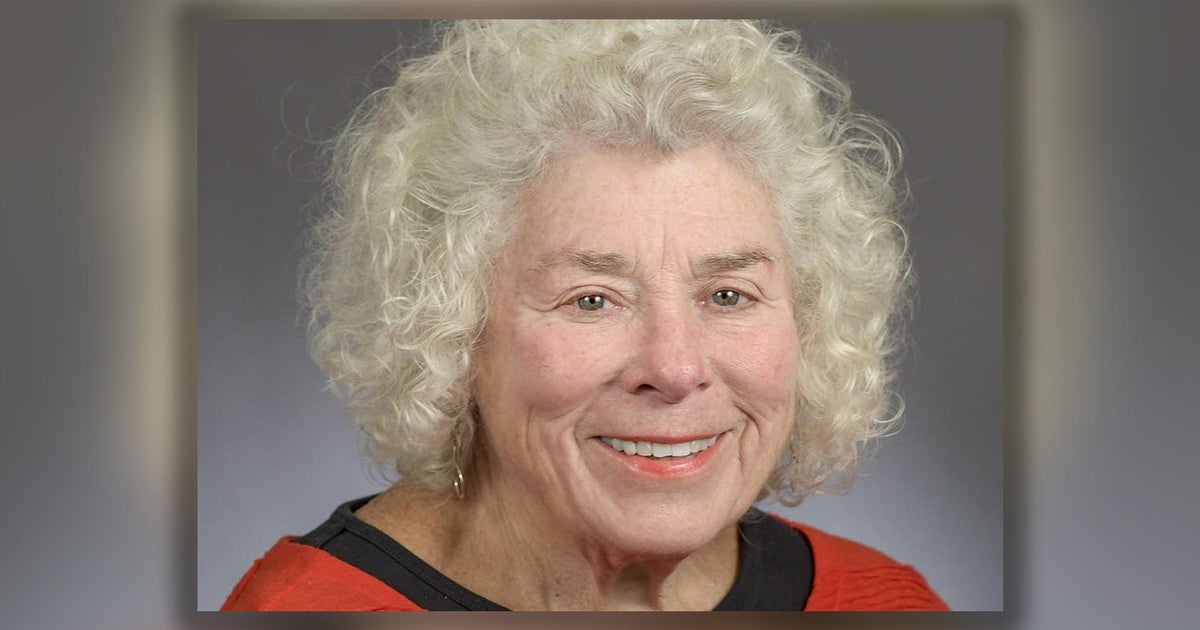Census: Minnesota Hmong Population Up 46 Percent
MINNEAPOLIS (AP) -- The Hmong population in Minnesota kept growing and expanding outside the Twin Cities during the 2000s, according to new census figures, which demographers say could be a preview for how newer immigrant groups will continue to change the face of the state.
Data from the 2010 census released Wednesday night showed the state's Hmong population rose from 45,443 in 2000 to 66,181 in 2010, an increase of 46 percent. It also showed a significant expansion away the traditional population centers in Hennepin and Ramsey counties.
Hennepin and Ramsey counties remain home to most Hmong, with about 53,000, but suburban Washington County added 3,764 Hmong, or about the same increase as Hennepin County. The Hmong population in Anoka County surged from 720 in 2000 to just over 4,000 in 2010.
Take Joseph Yang, for example. The 41-year-old computer networking technician said he moved to Coon Rapids in Anoka County about six years ago. He commutes to downtown St. Paul but lives in the Anoka County suburb with his wife, three children and plenty of Hmong neighbors.
"I don't think it's based on culture," he said of moving to the suburbs. "I think it's just based on people earning a little more money than they used to and they want to live in a better place."
The Hmong are an ethnic minority from Laos that fought in a CIA-backed battle against communists during the Vietnam War. After the war, thousands resettled in California, Wisconsin and Minnesota, mostly in St. Paul and Minneapolis. The census bureau has not yet released the new Hmong data for California or Wisconsin.
Andre Koen, cultural coordinator for Anoka County, said he saw how the county was changing during the annual carp fishing tournaments on the Mississippi River at Coon Rapids during the past few years.
For decades it had been a jokey festival to remove what the locals considered a trash fish from around a dam. Initially dozens of people turned out -- but that turned into hundreds when the Hmong started coming, he said.
"That was not something that we recognized, culturally, that people actually enjoy carp as a food product," Koen said. "That was not something we planned, but it was a delight to see people benefiting."
Jennifer Fink, marketing manager for the county parks department, said Carp Fest was discontinued in 2008 for budget reasons, but the local Hmong still gather at Coon Rapids Dam Regional Park on most nice days.
Lee Pao Xiong, director of the Center for Hmong Studies at Concordia University in St. Paul, said the migration out of the urban cores was the natural progression for the Hmong.
"In the 70s, 80s, 90s people lived in the cities because they lived in the public housing complexes," he said. Then they got jobs, he said, and moved into private housing in the surrounding urban neighborhoods.
Now the children and grandchildren of those immigrants have become educated and gotten better jobs, Xiong said. "As people have accumulated more wealth, they can have the housing of their choice," he said.
Suburban homes are particularly attractive because they often have enough bedrooms for members of the extended families many Hmong prefer, he said, adding that there's also the perception that the neighborhoods are safer and the schools are better.
As for the overall growth in the population, Xiong noted that Hmong families tend to be large and he said about 8,000 Hmong immigrated to Minnesota during the early part of the decade as the last of the refugee camps in Thailand closed.
Libby Starling, research manager for the Metropolitan Council, said her own analysis of Hmong migration by census tracts confirmed the steady migration out from the urban cores.
"People are starting in the immigrant gateways and Hmong households, like any race and ethnicity, want to move to the suburbs for all the typical reasons," Starling said.
It will mean many inner-ring suburbs will be reinvigorated as aging white residents are replaced by minorities in their childbearing years. The new census figures show the median age for whites in the state is 40 years, while Asians are 27, blacks 26 and Hispanics 23.5
Starling said the same desires for bigger yards and better schools probably one day lead the generation of immigrants from East Africa that came after the Hmong to Minnesota out of the cities and into the suburbs.
"I don't know when we will see that pattern happening, but yes, I would expect to see it," she said.
(© Copyright 2011 The Associated Press. All Rights Reserved. This material may not be published, broadcast, rewritten or redistributed.)



